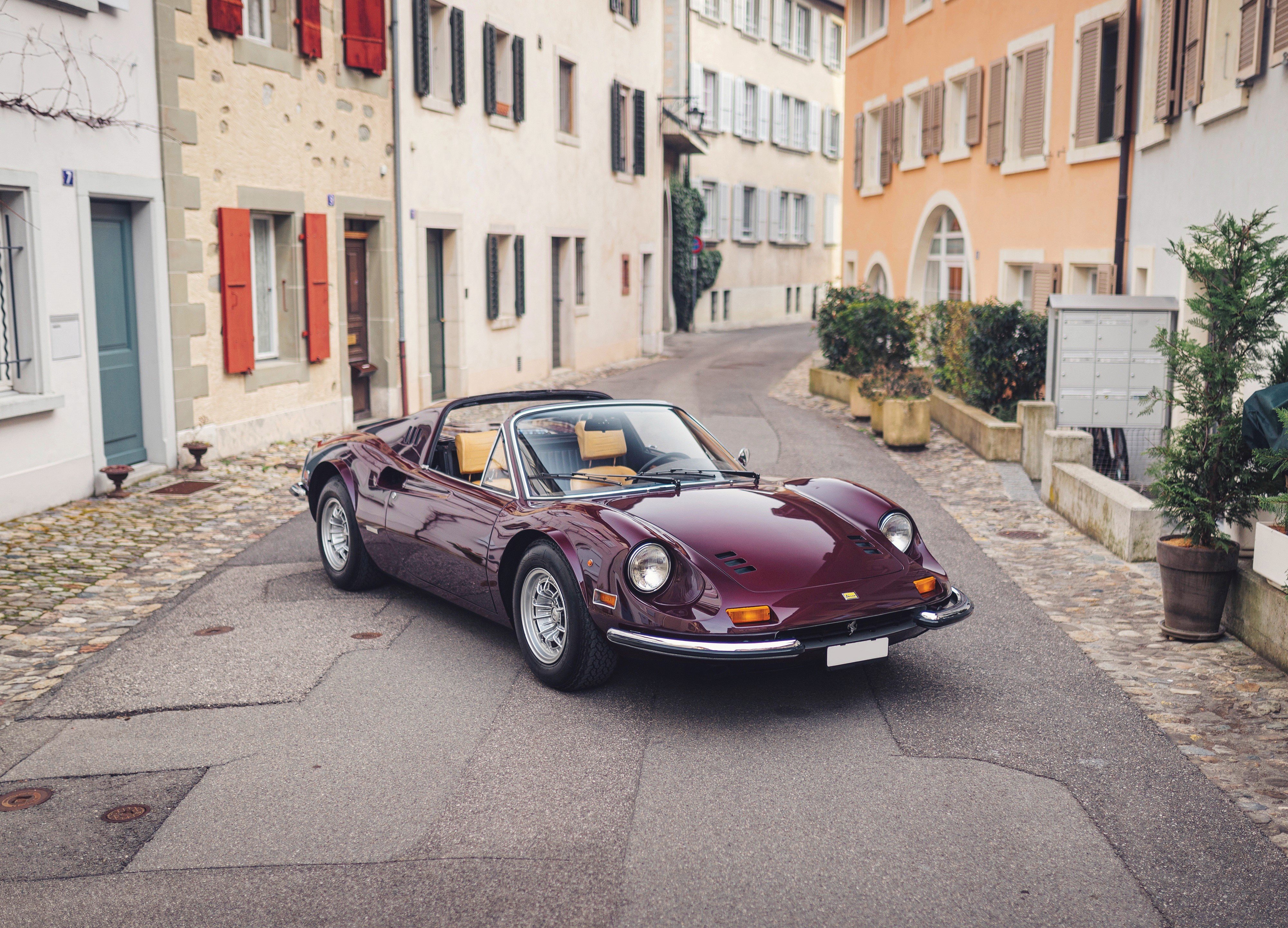Why The Ferrari Dino Ranks Among The World’s Most Coveted Sports Cars
Enzo Ferrari’s automotive homage to his late son is an absolute masterpiece.
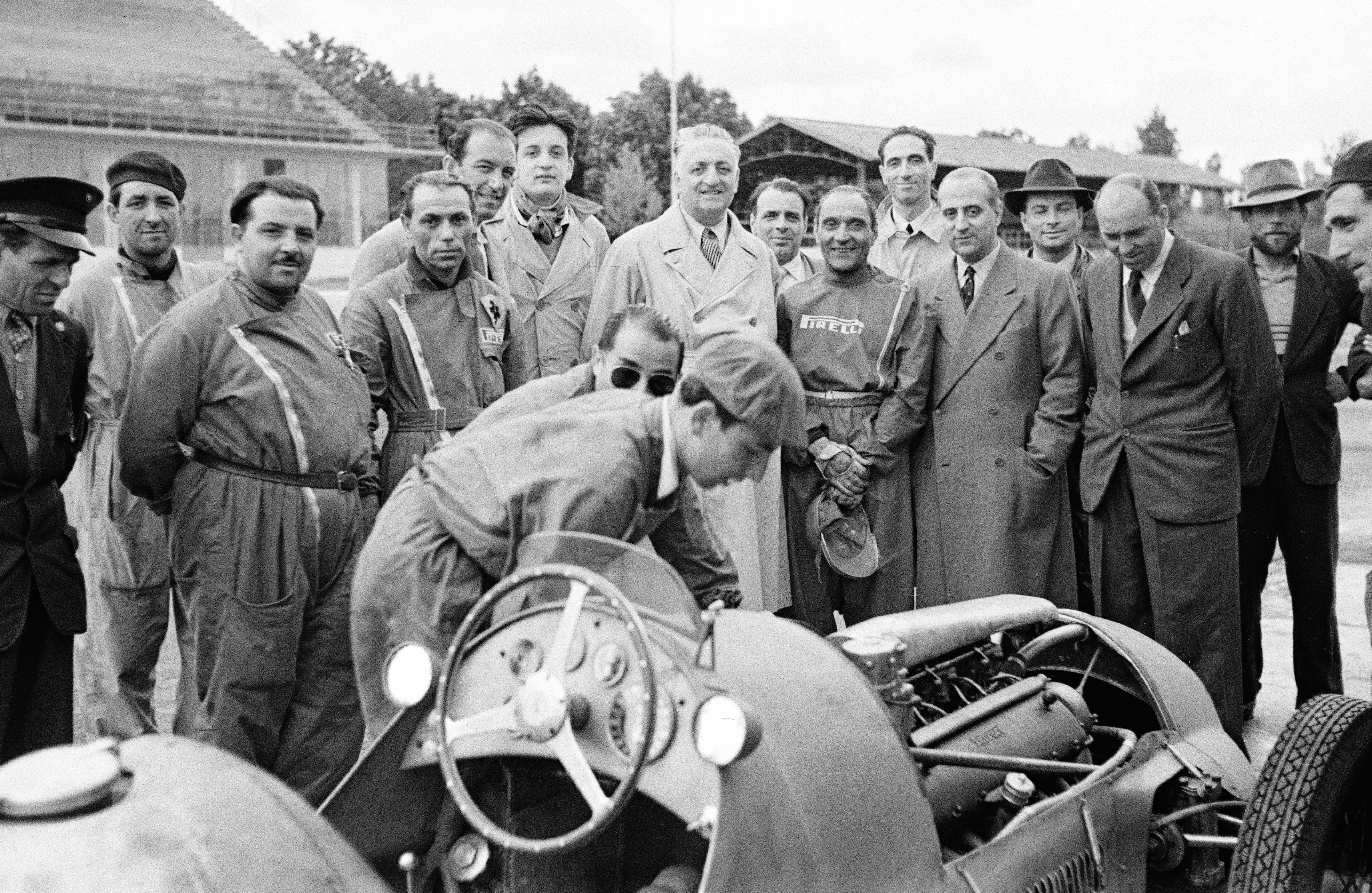
The story of the landmark Dino is one of bloodlines, legacy, triumph and grief. You could start the tale with the shocking debut of the Lamborghini Miura at the Turin Auto Show in 1965, a concept car so revolutionary it stunned the populace dumb and introduced the Raging Bull from Sant’Agata as a legitimate contender to Enzo Ferrari’s undisputed heavyweight crown. Widely considered the world’s first supercar, the mid-engine layout of the Miura was a warning shot to its neighbors from Maranello who had only produced front-engine street cars until then.
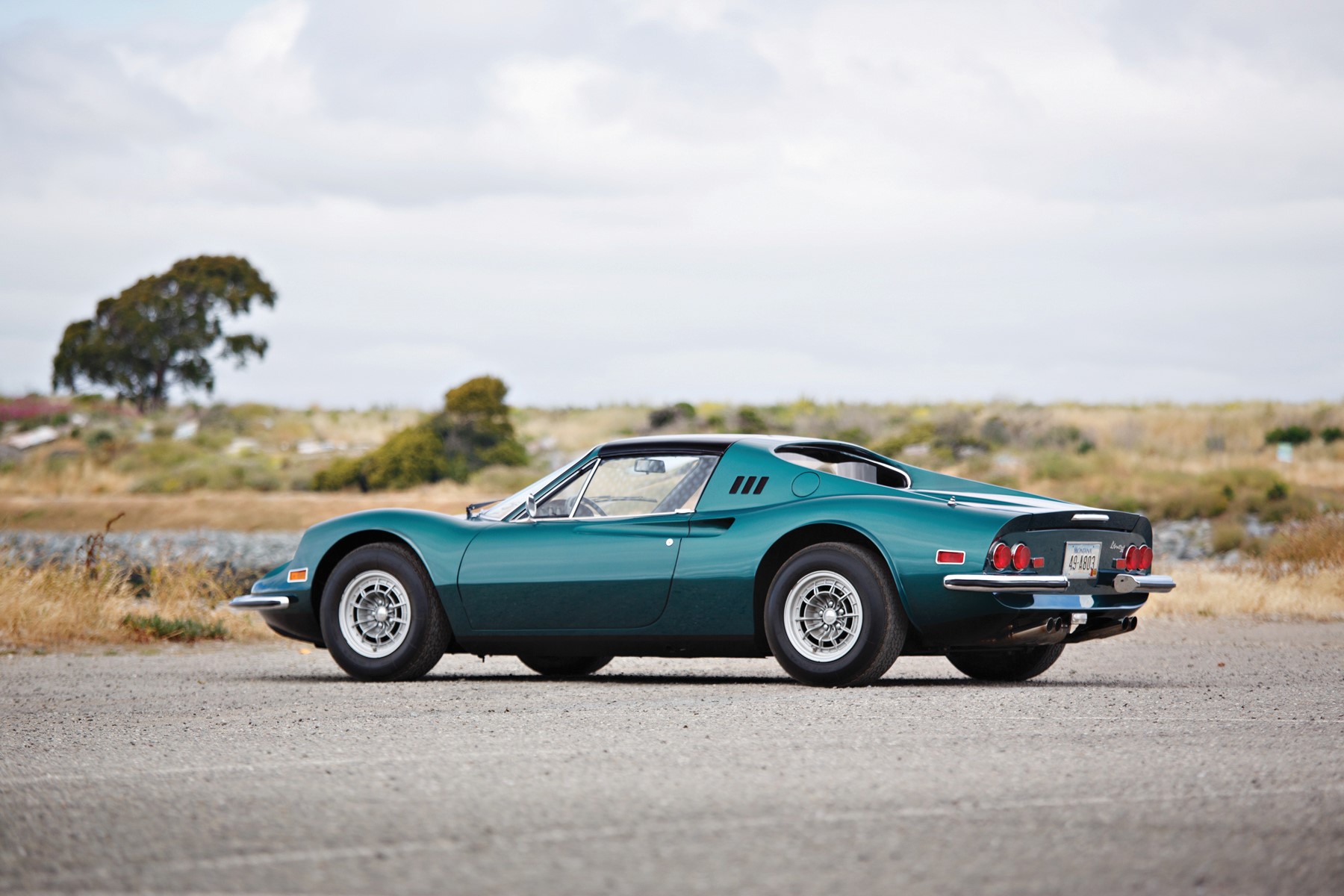
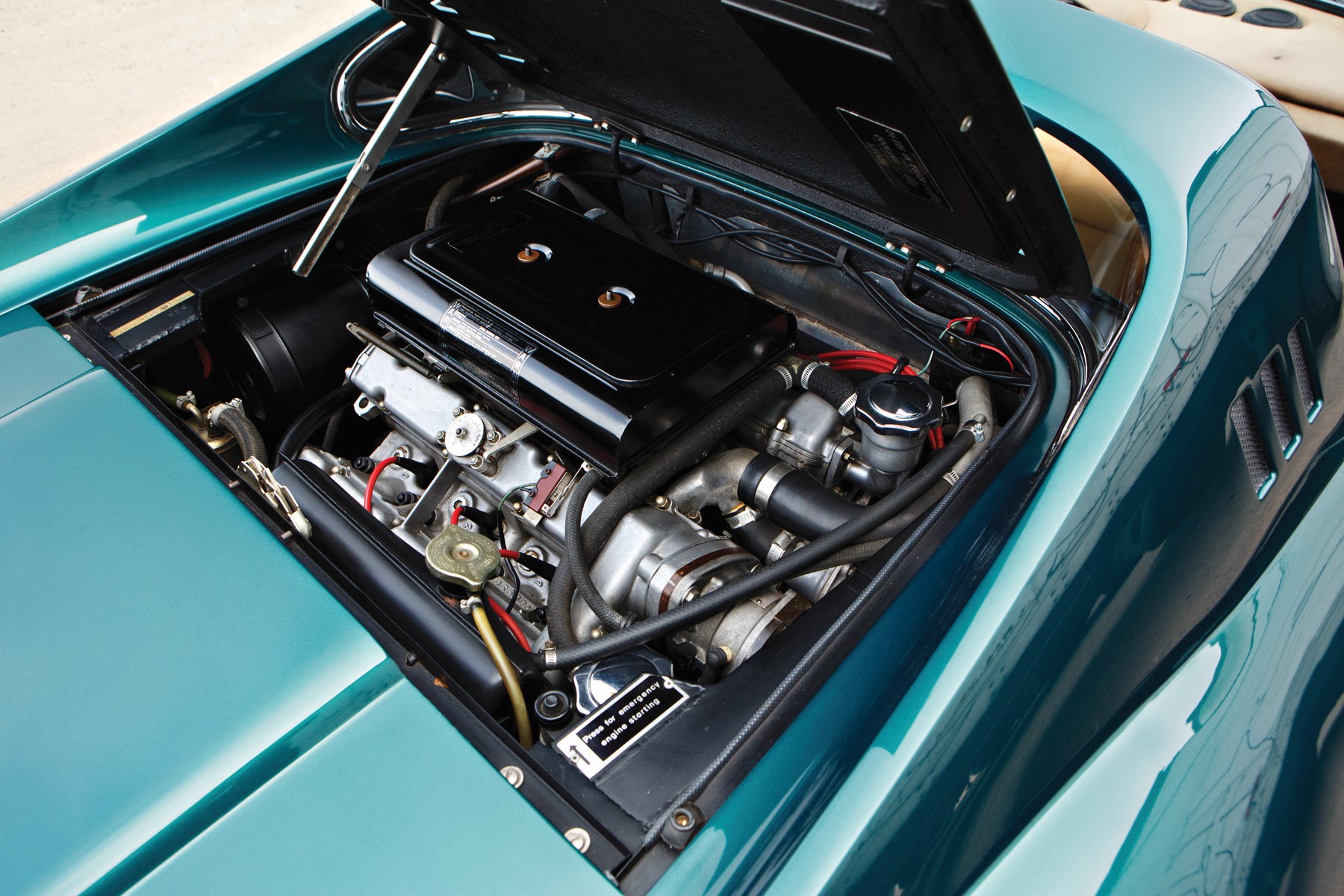
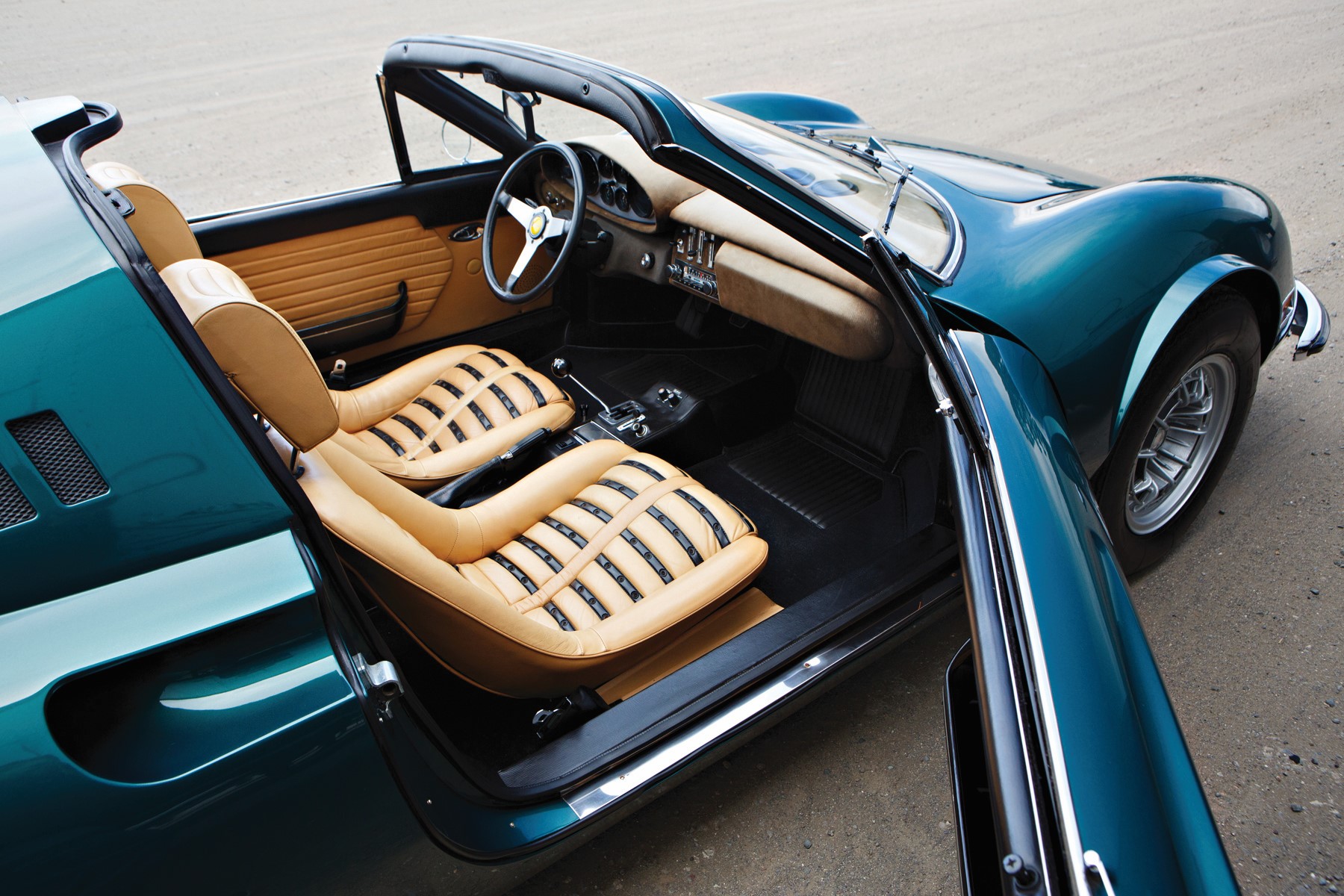
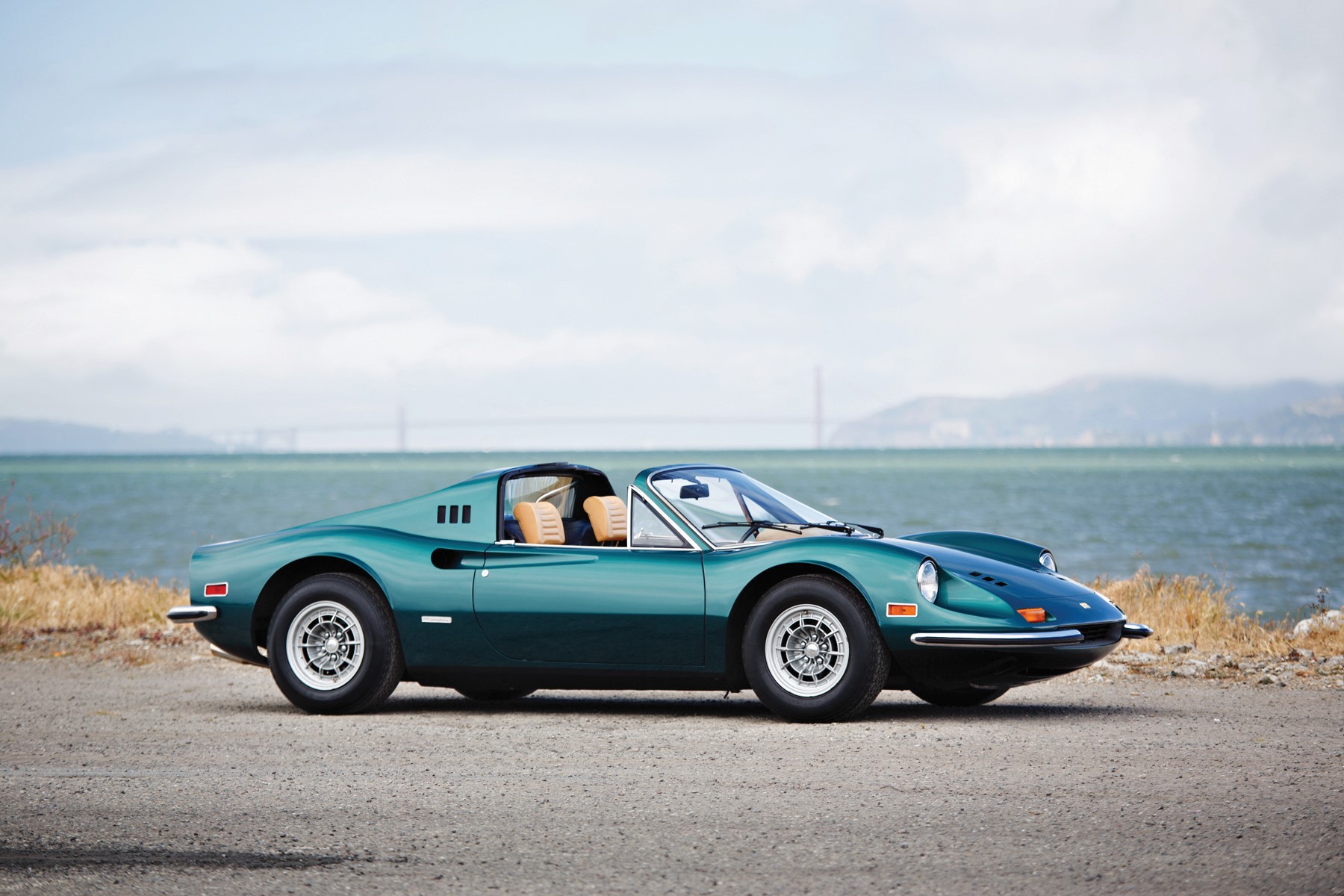
But the story probably more accurately begins a decade earlier with the “Dino V6,” Ferrari’s first V6 engine envisioned by Enzo’s son Alfredo. A promising engineer in his own right, “Dino” Ferrari convened with legendary engineer Vittorio Jano to develop a V6 to deploy in Formula Two in 1955. This engine would evolve into the first V6 ever used in Formula One when it debuted in Ferrari’s 246 P race car in 1960—also Ferrari’s first prototype with a mid-engine layout.
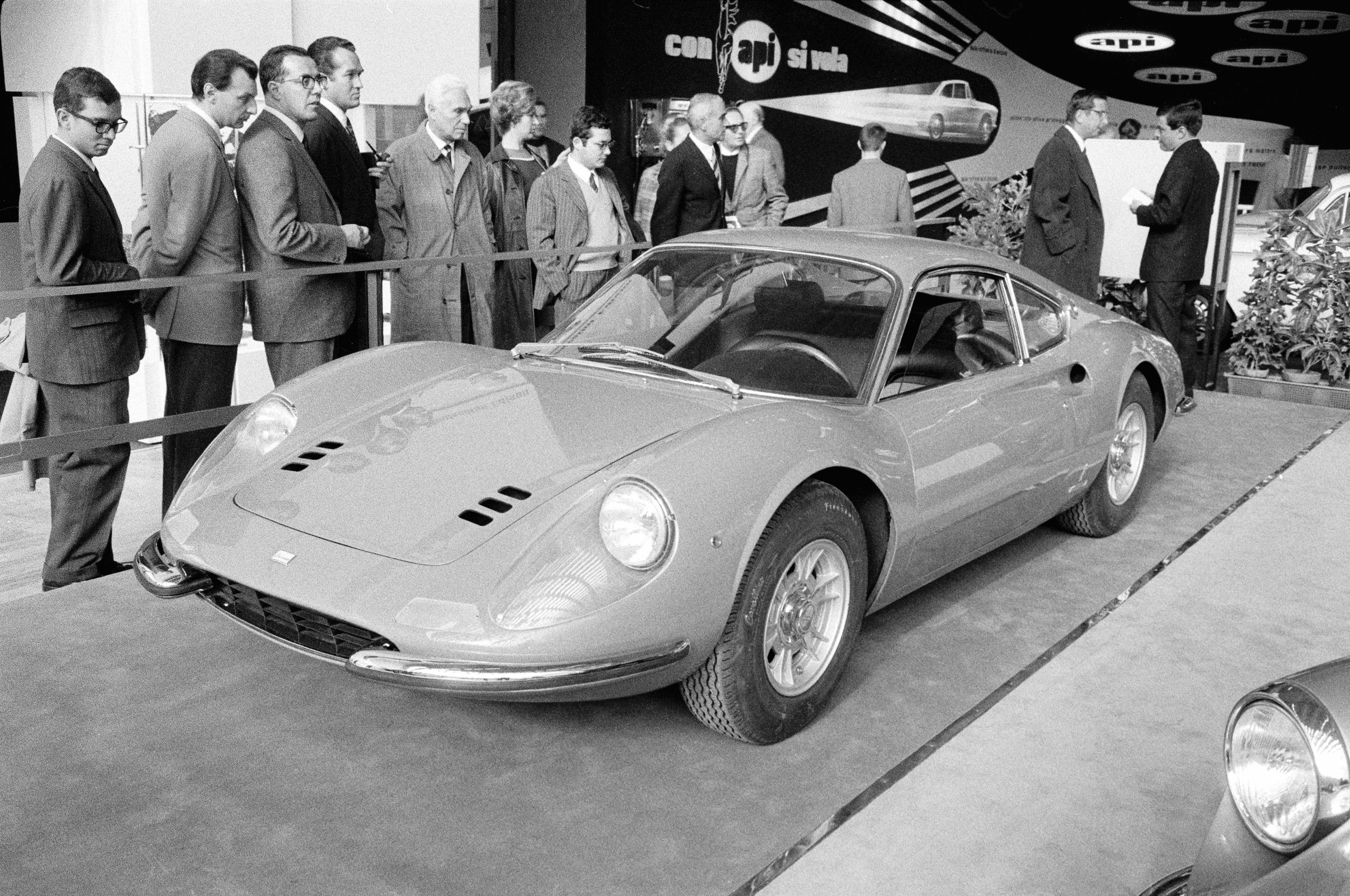
Unfortunately for Dino, and the entire Ferrari family, he would never live to see that day as Enzo’s firstborn son died of muscular dystrophy in June 1956, at the young age of 24. The grief followed Enzo for the remainder of his life, and he would visit Dino’s grave every day until his own death in 1988.
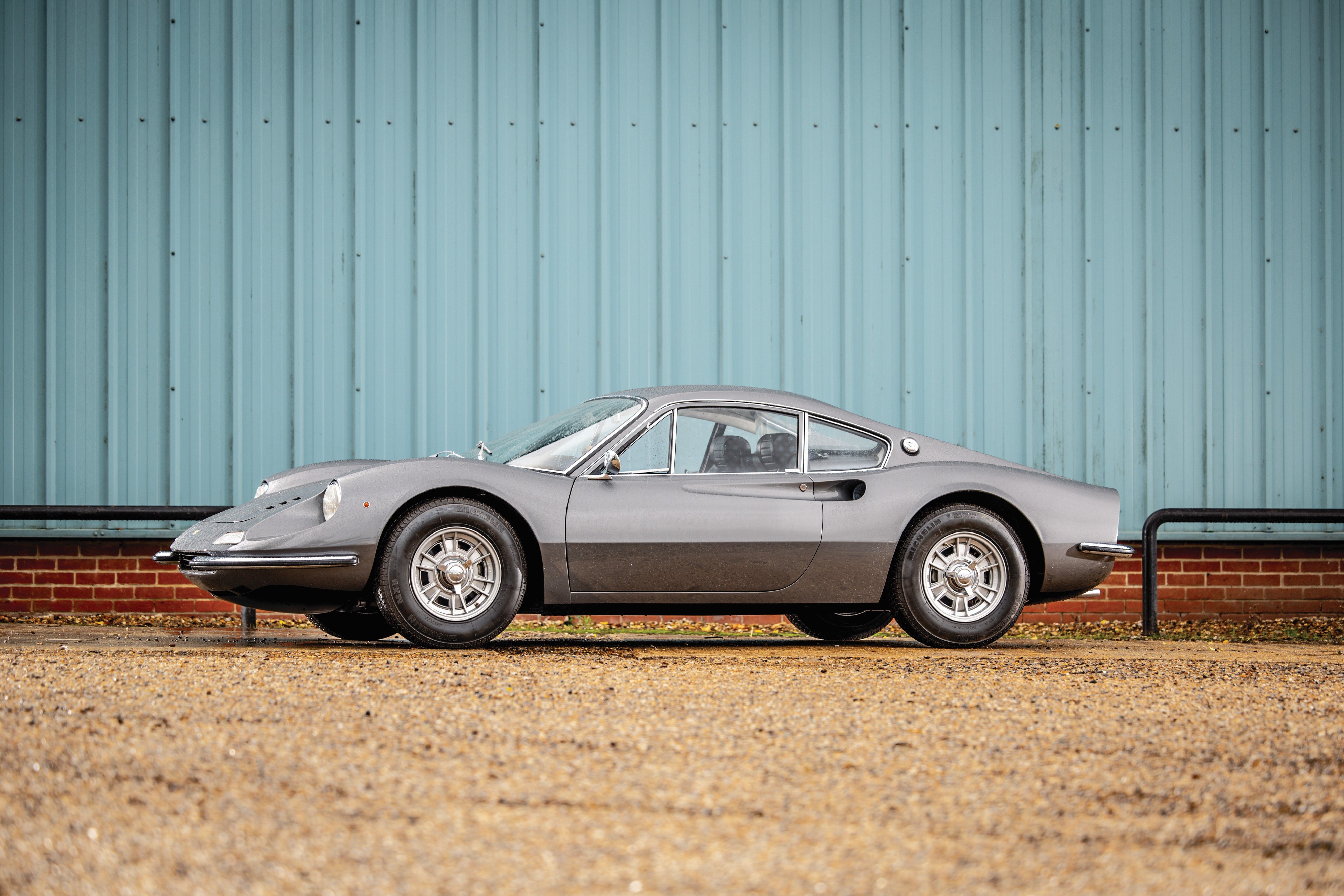
(RM Sotheby’s)
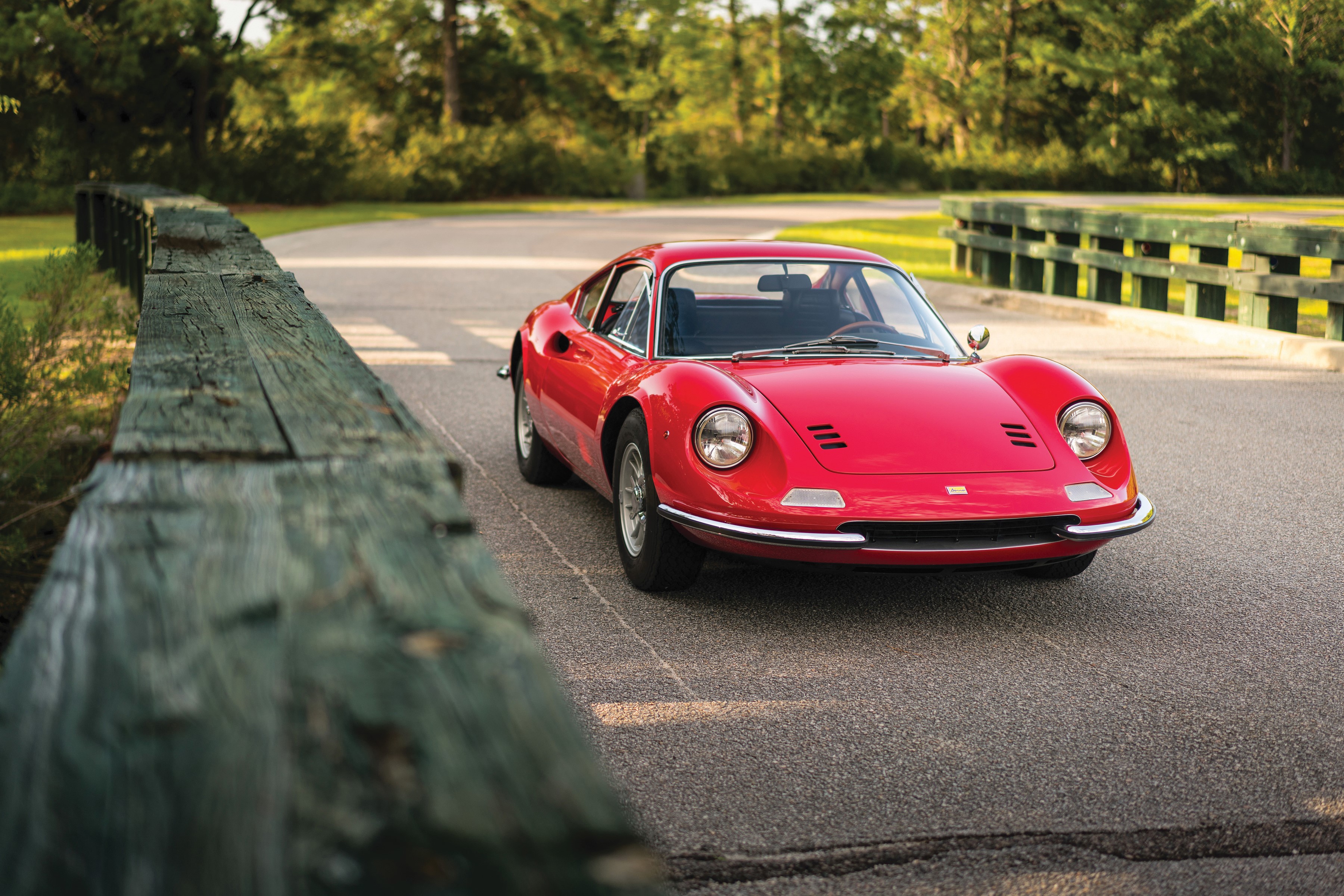
206 GT by Scaglietti, also sold by RM Sotheby’s (RM Sotheby’s)
To honor his son, Enzo decided to launch an entirely new marque. So he enlisted Sergio Pininfarina—son of the legendary designer Battista “Pinin” Farina who became an integral part of the Ferrari design team and went on to be named a Senator for Life in the Italian Republic—to collaborate with his Scuderia racing team on this new badge. While the Pininfarinas were eager to install their knowhow—specifically the mid-engine layout they began with their aforementioned 246 P F1 racecar—Enzo was not. The Ferrari Godfather believed this unorthodox layout for a street car would prove too unfamiliar, too extreme for the casual driver. Lucky forthe automotive world at large, Enzo relented.
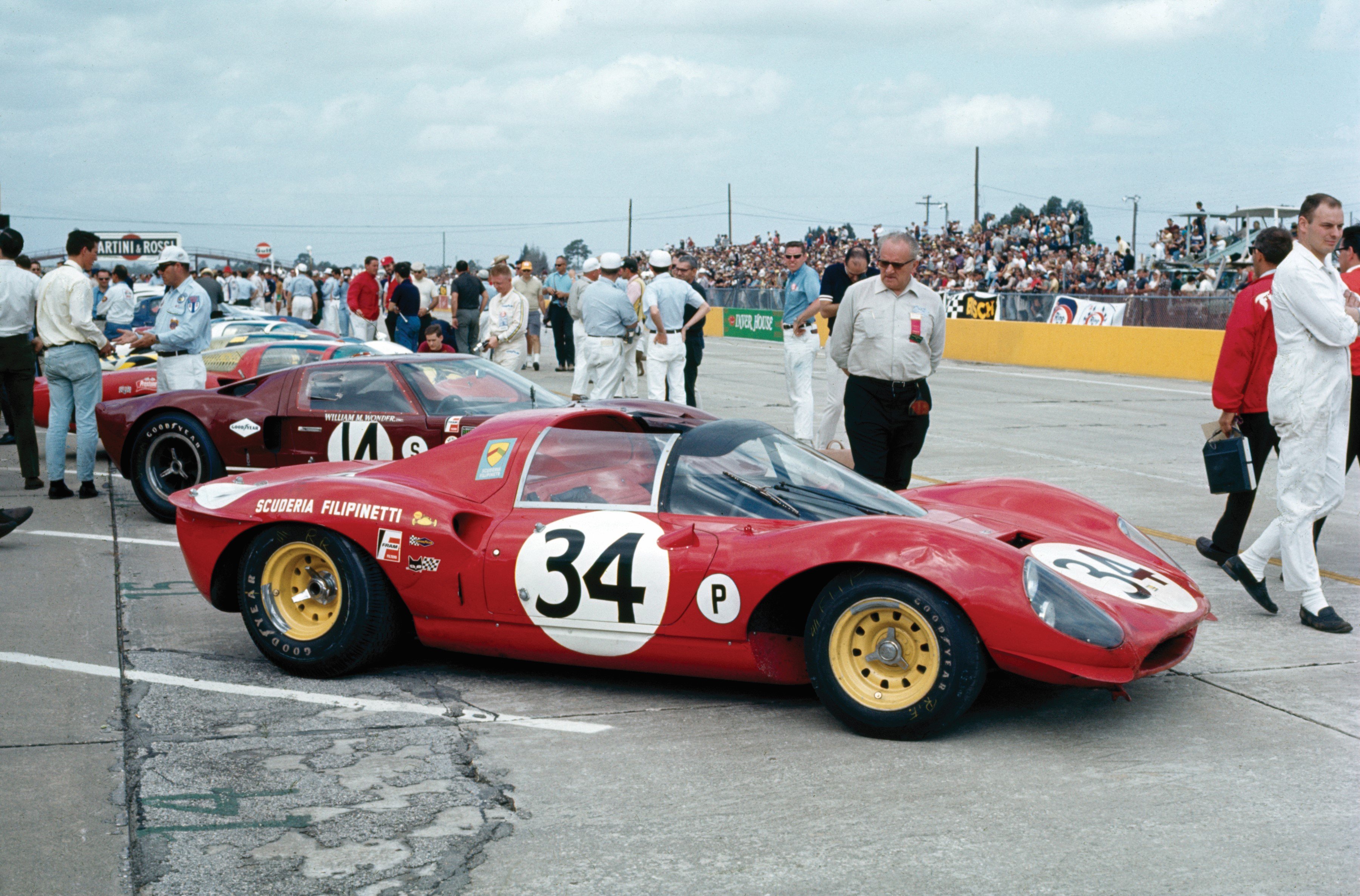
In October 1965, the Dino 206 Berlinetta debuted at the Paris Motor Show. The vehicle, although not officially a Ferrari, was not only the Maranello factory’s first mid-engine supercar, it was also its first with a V6. At the time “Il Commendatore,” as Enzo was known, decided to call it a Dino.
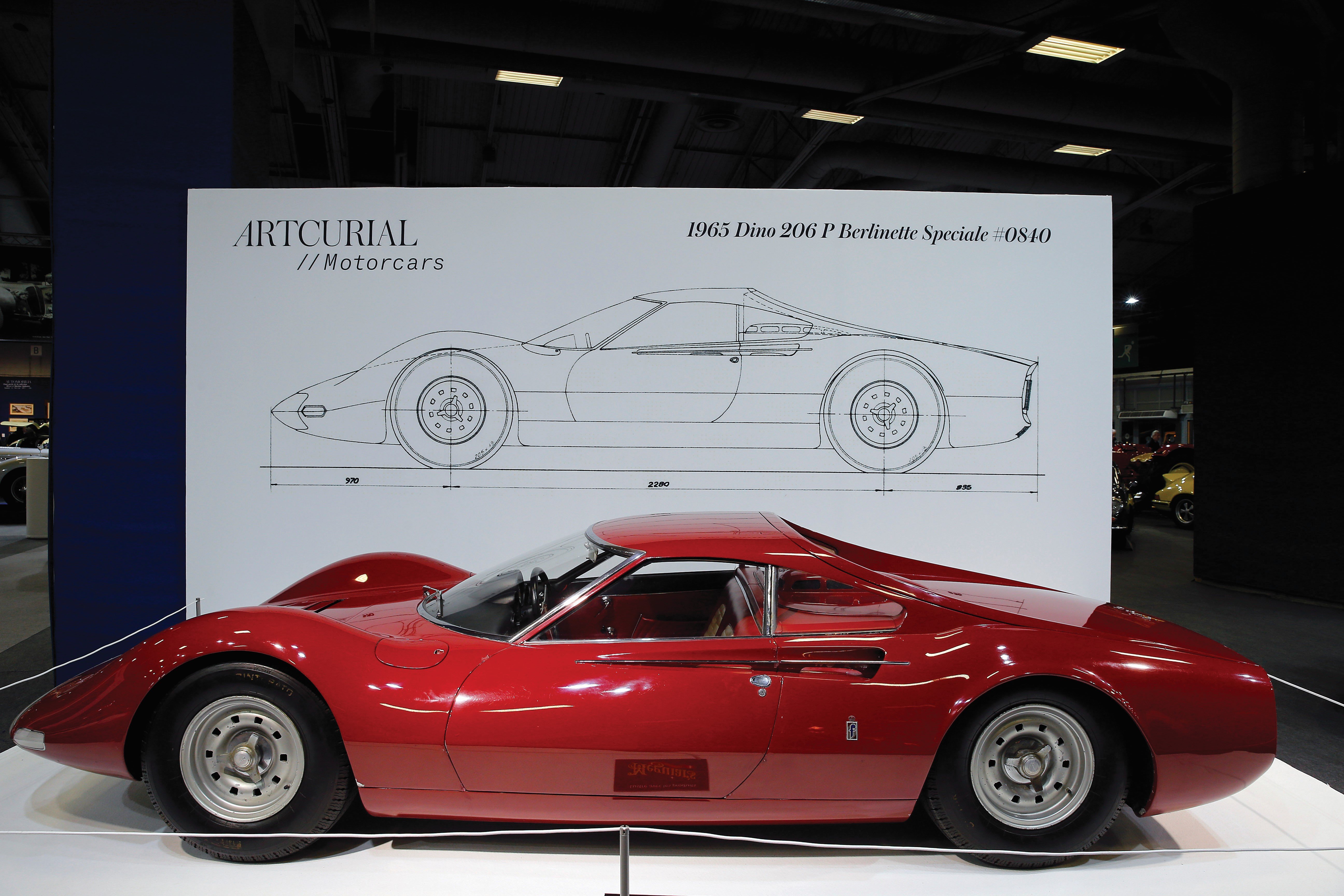
While at first teased as a volume Ferrari, today the Dino is considered nothing less than a landmark. The legendary progenitor of a Ferrari mid-engine bloodline that calls within its ranks many of the greatest, most celebrated automobiles the world has ever seen. Without the Dino, there would be no Enzo, no Testarossa, no F40 or F50, no LaFerrari and no 288 GTO. Makes you wonder, who would ever want to live in such a world?
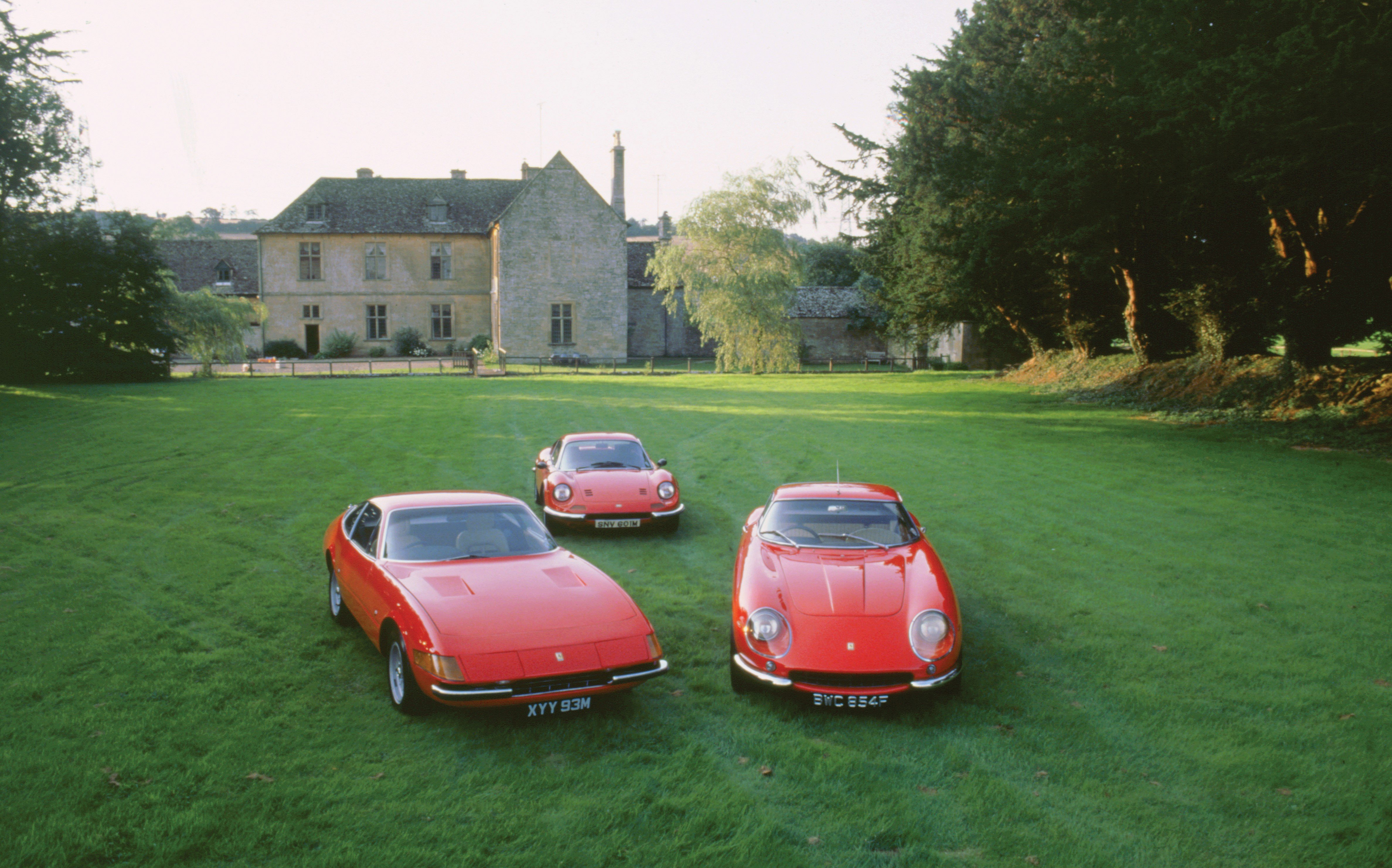
Lucky for you, one doesn’t have to. Consider it not only a treat, but also an investment. RM Sotheby’s reports it sold a 1968 Dino 206 GT, the 18th of just 153 produced, to a Canadian collector for $868,500. Santa Monica, California’s Gooding & Company also moved a 1974 Dino 246 GTS, one of the last built, for the record price of $967,500. Both sold at last year’s renowned Amelia Island, Florida, car auction. So you can still get your foot in the door for less than seven figures.
